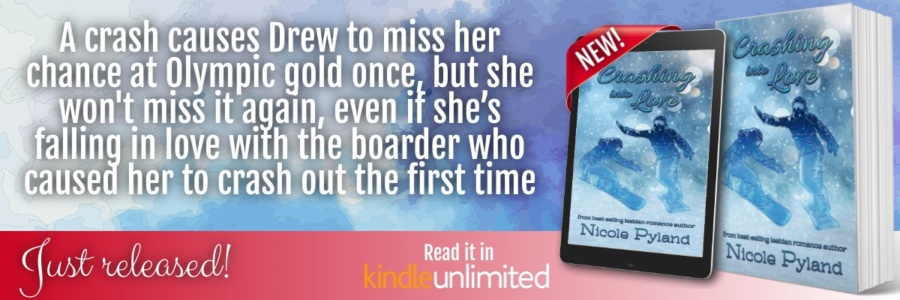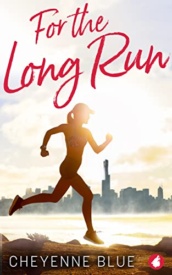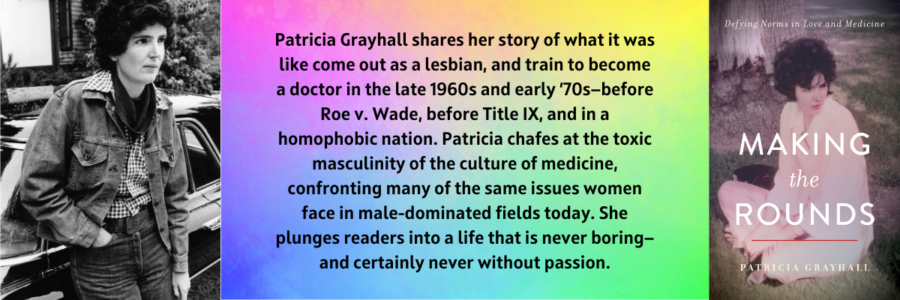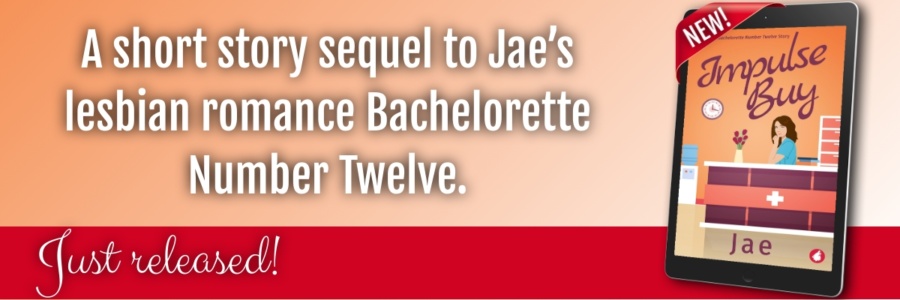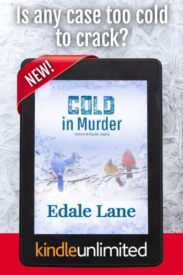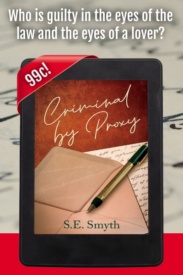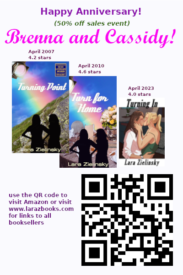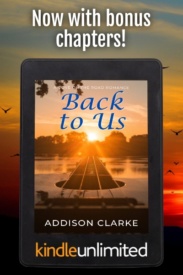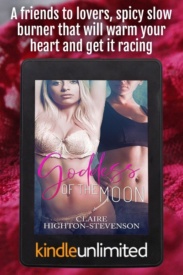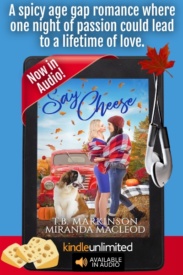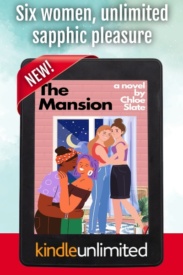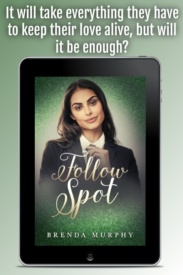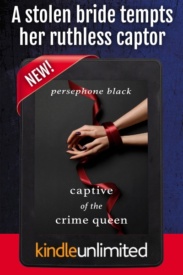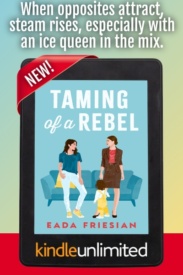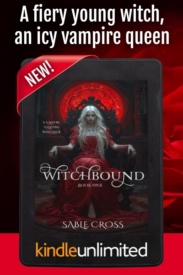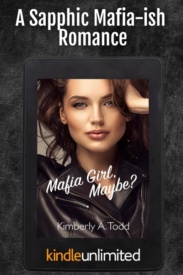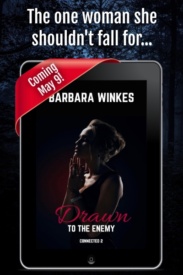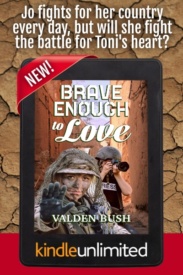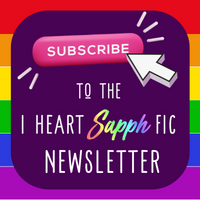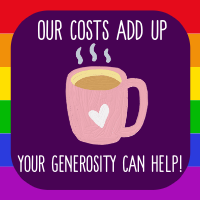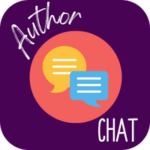
Get ready to learn more about the book For the Long Run in this discussion with sapphic author Cheyenne Blue.
Join us for an exclusive peek behind the scenes as we quiz Cheyenne Blue about For the Long Run, writing, reading, and more.
This book is part of the Sports Romance category in the 2024 IHS Reading Challenge.
Why did you write For the Long Run?
For the Long Run is essentially a story about two people who fall in love with each other and with running. I was a (slow and lumbering) runner for many years, and had a hard time coming to terms with the advice of physios and chiros that it was time to stop. For the Long Run was a way of channelling my unexpected joy in running and reliving the pain and euphoria through Lizzie and Shan.
Who is your favorite character in the book?
It’s Lizzie, the unmotivated fun-runner who accidentally trips professional athlete Shan. With Shan’s help, Lizzie takes a running journey that is in many ways a mirror of my own. I had the help and encouragement of my elite athlete sister, to cajole and cheer me on, much as Shan does Lizzie.
What part of For the Long Run was the most fun to write?
I’m a total fan of a grand gesture in romance, so (without any spoilers) I loved writing the grand gesture scene near the end of the story. I love writing a character’s realisation that yes, the other person is the most important thing in her life, and this is what she needs to do to show that love. I also empathised with Lizzie’s struggle to finish her half marathon. Been there, done that, and I struggled every bit as much as Lizzie to finish my own half marathon.
How did you come up with the title for your book?
It came down to a toss up between “For the Long Run” and “In the Long Run”. I went with “For the Long Run” as it implied the eventual commitment between the characters, plus being a wonderful play on words for the sports nature of the story.
Fun fact: literally the day after I settled on “For the Long Run” Hayley Cass announced her new book: “In the Long Run”. I was so relieved not to have inadvertently picked the same title!
How much research did you need to do for (insert title)?
The world of the elite athlete was a mystery to me. However, my sister Leslie was an elite athlete who once tried out for the Canadian Olympic team, and still runs marathons at warp speed. Leslie answered a million questions about recovery from injury, training, and Shan’s likely journey back to the elite. She beta read the book and made sure all the running parts were accurate and believable.
My best research story ever (not just this book) concerns Sheila-the-Sheoak, a tree in Melbourne’s Royal Park that Lizzie uses as her finish line tree. When researching the types of trees in Royal Park, I hit upon Melbourne’s Urban Forest Project. This lists every tree in the inner Melbourne area on a map, by species, age, and condition. And—get this—you can email a tree. Originally, it was so the public could report the condition of the trees—branches down, exposed roots etc—but people latched on to this, and started emailing the trees to say hello, tell them about their day, or compliment them on their foliage. And sometimes, the trees answer. Well, it isn’t actually a yellow gum on Gatehouse Street putting twigs to keyboard—it’s an employee of the City of Melbourne. Best job ever? Maybe.
While writing For the Long Run, I picked a tree on the Urban Forest Project website and emailed her asking if I could use her in my book. And the tree replied, saying she’d be honoured. This is possibly my best fanmail ever!
And that, good people, is how Sheila-the-sheoak came to be. She has a mention in the acknowledgements.
What is your writing process like?
I’m a plotter, although I wasn’t always.But plotting and outlining (in Scrivener) keeps my first drafts moving forward, and (mostly) avoids that dreaded written-myself-into-a-corner writer’s block.
I’m a linear writer: I start at chapter one and work through in order to the epilogue. Even with an outline, I can’t jump around and decide to write a later chapter. For me, a story builds gradually, layer on layer, and subplots and characters often surprise me by appearing or taking on a different role than I originally intended.
I think of a story as an organic whole, and writing it is an embrace of everything that has made up the characters, the plot, and the setting at that point. I liken it to drawing it all into a big hug and squeezing. What comes out the top (the words) is a blend of everything and everyone that has gone before that point. Not everything that squeezes out the top makes the page, but it underpins and affects those words.If I were to jump forward to a scene, I wouldn’t have a complete picture of what has gone before.
I’ve also recently discovered the pomodoro technique, whereby I set a timer for twenty-five minutes and write solidly, then take a break when I’ll hang out the washing or raid the fridge (okay, being honest, there’s more fridge than laundry). Add that to writing sprints with other writers for accountability, and my productivity has soared. There’s something about that timer that keeps me focused.
Where do you usually write, and what do you need in your writing space to help you stay focused?
Now that I’m writing full-time, my writing space is my home office, which is at the front of the house with a view over the street, the cow paddock opposite, and the distant ranges.
I also road trip a lot, and I write well on the smoother stretches of highway, using a lapboard for the laptop. Sudden corners can make the mouse go flying, but I can live with that.
What’s your favorite writing snack or drink?
Peanut butter and sliced tomato on toast! It’s the breakfast of champions, or anytime of day. It even got a mention in “For the Long Run” when Shan made breakfast for Lizzie.
In second place is anything with cheese. Or just cheese with cheese.
And of course, as an Aussie, Vegemite is a pantry staple and wonderful on toast or crackers. With butter of course.
Do you have any odd writing quirks?
I just wrote a scene this morning where a character was very tired and fighting sleep. Every time the character yawned, I did the same. Then I had to take a nana nap (in my defence, it was a very hot day).
I’ve also been known to act out scenes to see if they’re physically possible.
What is the most valuable piece of advice you’ve been given about writing, and by whom?
First drafts are not for human consumption. It’s okay to write an absolute shitfest of a first draft–getting the words down is important, and then you can edit. Editing is where the book comes alive for me, and when I sit down with a completed first draft and start editing is the best part of the process.
What has helped or hindered you most when writing a book?
It doesn’t happen with every book, but often, there comes a time when I’ve been feeling my way through a story, plodding along, getting the words down, wondering if the story has legs, when suddenly it all comes together and is a cohesive whole, and the words flow, I can see every step of the way to the end, and I can’t wait to get the words down. When that happens (if it does), it’s like magic, my confidence in the story grows, and I’ll double or triple my daily word count. I wish that would happen every book.
What type of books do you enjoy reading the most?
The majority of the books I read are sapphic romance–aren’t we all so lucky we have such a great selection! My catnip tropes are fake relationship, found family, and (very surprisingly) anything set around reality TV. That’s surprising because I watch very little TV, and I’ve never watched reality TV in my life!
I get most of my book recommendations (sapphic or otherwise) from browsing Goodreads, and for sapphic books, from the Facebook groups. I read a lot of reviews, and am an impulse buyer. A good review will have me instantly one-clicking. Yet more proof that reviews are gold to an author.
What books did you grow up reading?
I was a ponygirl, so I read a lot of pony stories, mainly the British ones written in the 50s and 60s. Surprisingly, some of them have aged very well and I’ll have an occasional guilty re-read even now (Try the Jill books by Ruby Ferguson for humour and pure fun). They taught me the pleasure of imperfect characters, and that a book with a thread of dry humour will always be a delight to read.
When I got older (eleven or twelve) I read anything on my dad’s bookshelf. Thrillers, classics, pulp fiction, and a lot of erotic stories that were definitely not suitable for an eleven year old! (Thanks, Dad! Top of the wardrobe was never a good enough hiding place).
Describe your favorite reading spot.
In bed, where I can see out of the window at the trees and sky. But when I’m totally invested in a story, I sneak off to read whenever and wherever I can: the toilet, while stirring dinner, in the supermarket checkout line…
Do you only read books in one genre or do you genre hop?
I genre hop. I read a lot of sapphic fiction of course, not just romance. (I recently was blown away by “Fishwives” by Sally Bellerose which is a love story, not a romance). I also love sci-fi (particularly space opera–Becky Chambers, I’m looking at you), and fantasy. I love Young Adult fantasy–they’re so sparky and clever and have some of the best plots.
I also love the occasional cosy mystery, literary fiction, biography, and non fiction. The only thing that is generally off limits for me is horror (because I’m a total wimp), but there’s even an exception to that – Neen Cohen, I’m looking at you.


